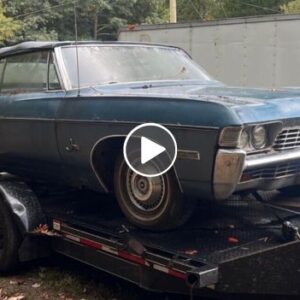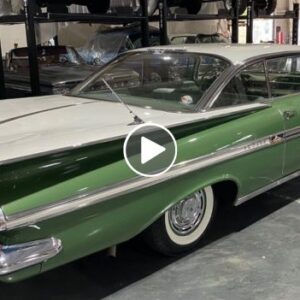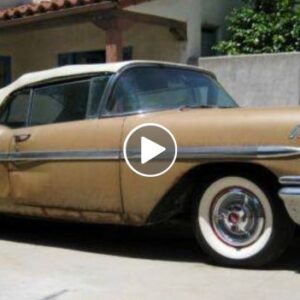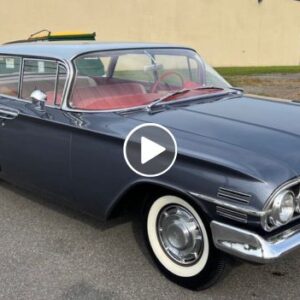The first-generation Dodge Charger, produced for two years (1966 and 1967), was a crazy rollercoaster ride from a sales perspective.


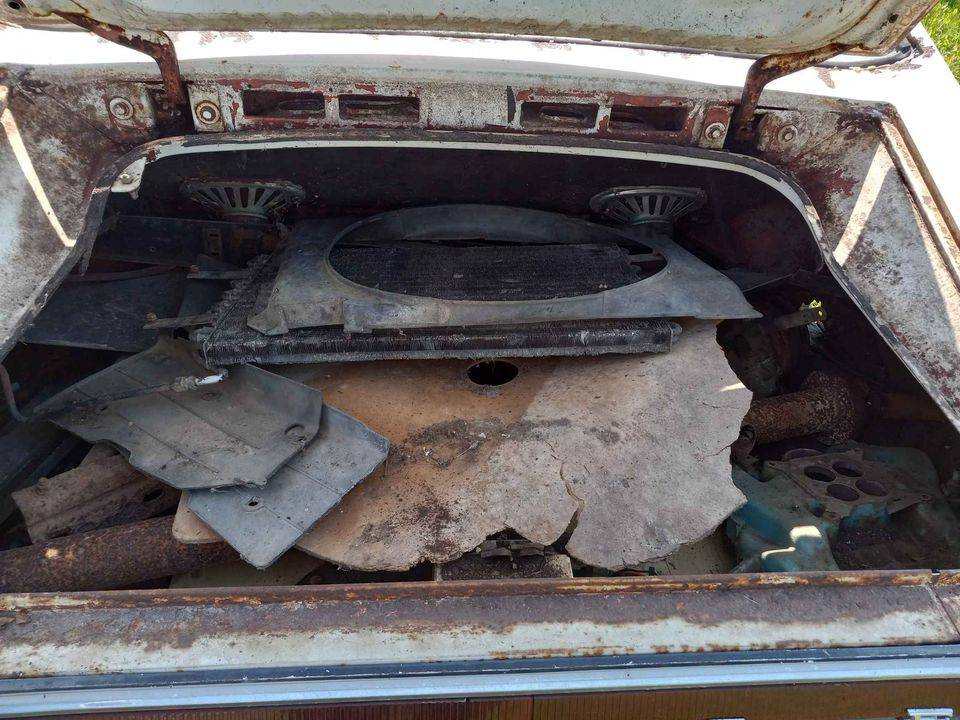


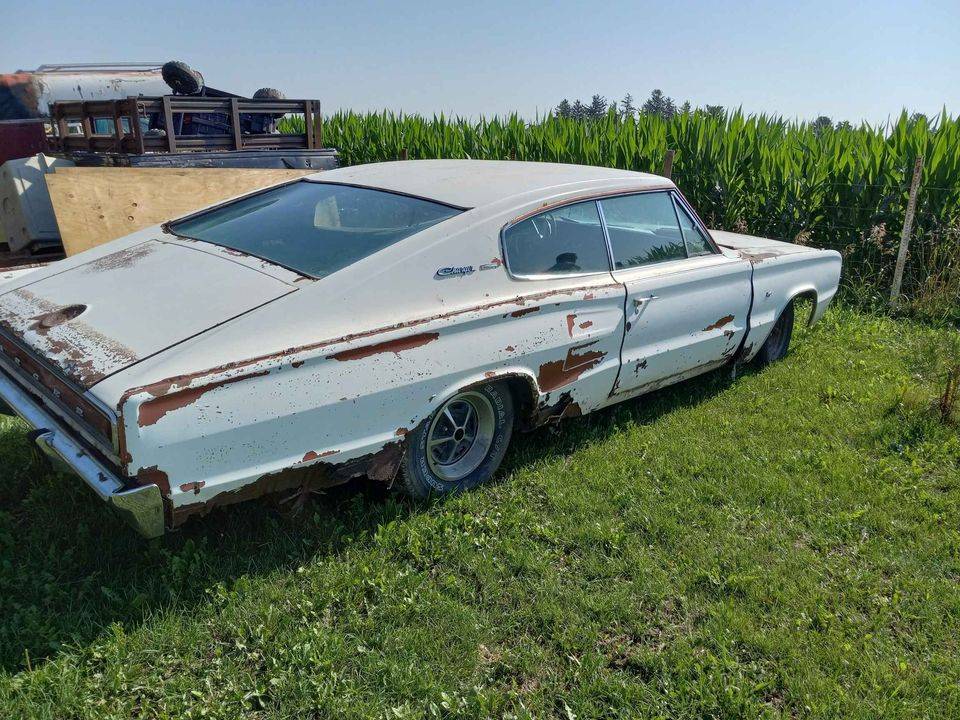
Dodge built over 37,000 units of the first Charger iteration, making everybody believe its new nameplate would conquer the automotive world (this eventually happened, but not as fast as these production figures initially suggested). The 1967 model year brought a massive decline, and the sales dropped to nearly half the original Charger.
The parent company produced only a little over 15,000 units in 1967.
Most Chargers rolled off the assembly lines with the base 318 2-barrel engine rated at 230 horsepower, but Dodge also offered more powerful choices, including an all-new 383 Magnum with 325 horsepower. The 383 joined the Charger lineup to replace the 361 and rapidly became popular among Charger buyers.
The icing on the Charger cake was the 426 Hemi, but eventually, it became so rare that collectors are now ready to spend a small fortune to get their hands on one. Only 27 Chargers left the factory with a Hemi under the hood.
The Charger posted on Craigslist earlier this week hides a 383 in the engine bay, but the big-block unit is currently disassembled. The seller doesn’t provide too many specifics, but I believe someone previously wanted to restore the car, so they started removing the engine to rebuild it. The project was eventually abandoned, which explains why the Charger is now full of parts in the cabin and the trunk.
The vehicle spent nearly three decades in a barn, likely awaiting this well-deserved restoration. It has also lost a series of parts in the meantime, such as the front bumper, but otherwise, it’s complete. The headlights and the grille are still in the car, alongside many other parts that will help the buyer with the restoration.
The Charger doesn’t look bad from a metal perspective. We have the typical rust suspects, and you should thoroughly check the floors because we’re not getting a good look at them. Considering the car spent 28 years in a barn, the floors might need full replacements, but the only way to determine this is to inspect them in person. The trunk looks more solid, but it’s hard to tell from these pics if it needs any patches.
This Charger looks like an intriguing project at first glance, and above all, it comes with a fair price tag. The owner is willing to let it go for $5,000, and their expectation makes perfect sense, especially if all the parts to put the engine back together are still there. A good mechanic should be able to tell if the Charger is worth the money, so go see the car in Kewanee (close to Chicago) before committing to a purchase.
